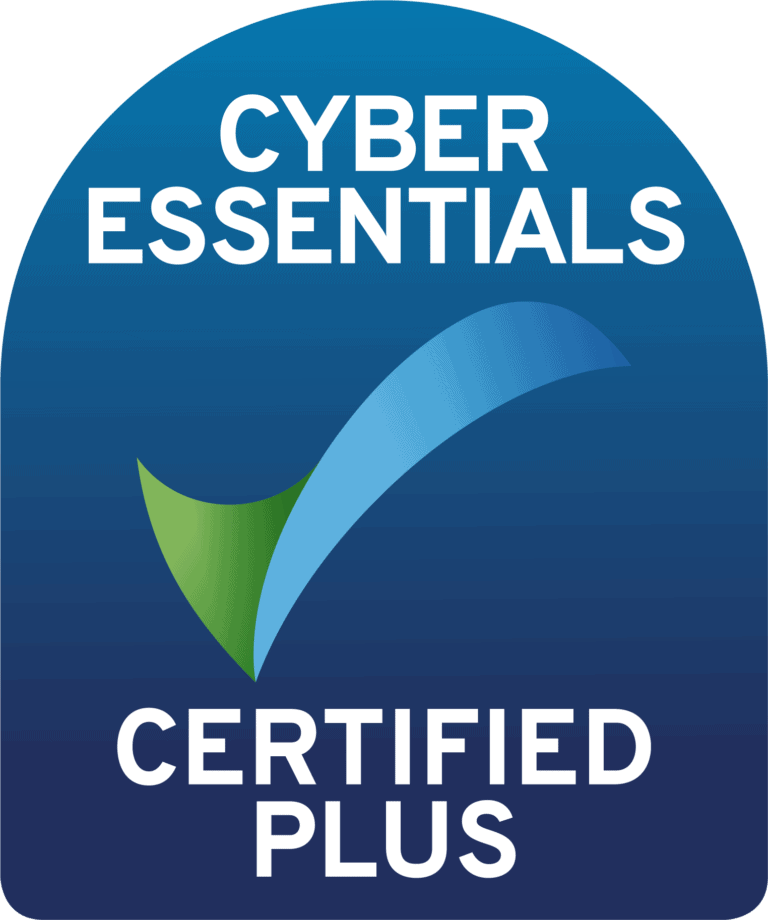Following the Great Switch Off and All-IP can sometimes be difficult, with tons of acronyms and jargon to decode. That’s why we’ve pulled together this jargon-buster guide, listing all those confusing acronyms and what they stand for.
ADSL – Asymmetric Digital Subscriber Line
ADSL, or Asymmetric Digital Subscriber Line, is a high-speed internet connection technology (up to 24 Mbps download) that utilises existing telephone lines. It allows faster downloads than uploads, making it suitable for web browsing and streaming. ADSL maximizes existing infrastructure, providing cost-effective internet access for users, especially in areas without fibre-optic networks.
ATA – Analogue Telephone Adapter
An Analogue Telephone Adapter (ATA) is a device that enables traditional analog telephones to connect to digital or Voice over IP (VoIP) networks. It converts analog signals from a standard telephone into digital data that can be transmitted over the internet, allowing users to make calls using existing analog phones via VoIP services.
BB – Broadband
Broadband refers to high-speed internet access that allows for faster data transmission compared to traditional dial-up connections. It enables quick and seamless online activities, including streaming, gaming, and large file downloads. Broadband can be delivered through various technologies like DSL, cable, fibre-optic, or 4G/5G, providing reliable and efficient internet connectivity.
CLOA – Customer Letter of Authority
Ofcom’s Customer Letter of Authority is a document that authorizes a third party, often a telecommunications provider, to act on behalf of a customer during the process of switching their broadband or phone services. It grants permission to handle the transfer without requiring the customer’s direct involvement, ensuring a smooth transition.
CNI – Critical National Infrastructure
Openreach, part of the UK’s Critical National Infrastructure, manages and maintains the country’s largest broadband and phone network. It provides essential services, ensuring communication connectivity for businesses, emergency services, and the public. Openreach plays a vital role in national security, disaster response, and economic stability, making it a key component of the UK’s infrastructure.
CP – Communication Provider
A Communication Provider (CP) refers to a company or entity that offers telecommunication services, including internet, phone, and TV services. CPs manage network infrastructure, deliver communication services to consumers and businesses, and often play a crucial role in the implementation of new technologies, ensuring seamless connectivity for their customers.
CRFS – Customers Ready For Service
Customers Ready For Service refers to the status indicating that a premises or customer location is ready to receive telecom services. It signifies the completion of necessary infrastructure work, ensuring that broadband, phone, or other services can be activated, allowing seamless connectivity for businesses and residents.
DDI – Direct Dial In
Direct Dial In (DDI) is a telephony feature allowing external callers to directly reach individual extensions within a company’s private branch exchange (PBX) system. Each extension is assigned a unique DDI number, streamlining external communications and enhancing efficiency by eliminating the need for a receptionist or operator to route calls.
EU – End User
In the context of telecommunications, an EU (End User) refers to the final consumer or entity that utilizes a service or product. In the PSTN switch-off scenario, EU signifies the businesses or individuals who will transition from traditional phone services to digital solutions like VoIP, ensuring continued connectivity in the evolving telecom landscape.
FTTC – Fibre To The Cabinet
FTTC (Fibre To The Cabinet) is a broadband connection technology that utilizes fibre optic cables to transmit data from the telephone exchange to a street cabinet. The final connection to homes or businesses is made through traditional copper wires. It offers faster and more reliable internet speeds compared to traditional ADSL connections.
FTTP – Fibre To The Premises
FTTP, or Fibre To The Premises, is a high-speed internet connection technology that utilizes fibre optic cables directly to homes or businesses. Offering ultra-fast and reliable internet speeds up to 1Gbps, FTTP eliminates the limitations of traditional copper wires, ensuring seamless and efficient data transmission for modern digital communication needs.
IP-PBX – Internet Protocol private branch exchange
IP-PBX, or Internet Protocol Private Branch Exchange, is a modern telephony system that uses Internet protocols to manage voice calls within an organization. It replaces traditional phone lines with digital technology, enabling features like voicemail, conferencing, and call routing. IP-PBX operates over IP networks, offering cost-effective and flexible communication solutions for businesses.
GSO – Great Switch Off
The Great Switch Off marks the end of traditional landline networks, replaced by digital technologies like VoIP and fibre optics. Driven by outdated infrastructure and high maintenance costs, this transition necessitates businesses and consumers to adopt IP-based solutions, ensuring uninterrupted communication in the evolving telecommunications landscape.
ISDN – Integrated Services Digital Network
ISDN, or Integrated Services Digital Network, is a digital telecommunications standard that enables voice and data services to be transmitted simultaneously over traditional phone lines. It offers faster and more reliable connections than analog systems, making it a precursor to modern digital communication technologies.
LLU – Local Loop Unbundling
Local Loop Unbundling (LLU) is a process where multiple telecommunications operators share the local copper telephone lines connecting homes and businesses to the exchange. By allowing competitors to use existing infrastructure, LLU promotes competition, leading to better services, lower prices, and increased innovation in the telecom industry.
MBN – Main Billing Number
MBN, or Main Billing Number, is the primary phone number associated with a customer’s account in telecommunications. It serves as the central identifier for billing purposes, ensuring accurate charges for services used. MBN is vital for managing customer accounts and facilitating communication service transactions within telecom networks.
MPF – Metallic Path Facility
MPF, or Metallic Path Facility, is a telecommunications term referring to the physical copper wire connection between a subscriber’s premises and the local telephone exchange. It’s the traditional means of transmitting voice signals in the Public Switched Telephone Network (PSTN). However, with advancing technology, MPF is being phased out in favour of digital alternatives.
NTE – Network Terminating Equipment
NTE, or Network Terminating Equipment, is the device at the customer’s end of a telecom network. It interfaces with the service provider’s network, converting signals for use by devices like phones or modems. It’s crucial for communication, ensuring seamless data exchange between a user’s premises and the broader telecom network.
OTT – Over The Top
OTT (Over The Top) services deliver content (like streaming videos, messaging, and voice calls) directly over the internet, bypassing traditional distribution methods. Popular examples include Netflix, Teams, and WhatsApp. These services offer on-demand content and communication without the need for cable or satellite subscriptions, revolutionizing how people access media and communicate globally.
PBX – Private Branch Exchange
PBX, or Private Branch Exchange, is a private telephone network used within a company. It enables internal communication and allows sharing of phone lines for making external calls. PBX systems offer features like voicemail, call forwarding, and conference calling, enhancing communication efficiency and productivity for businesses.
PSTN – Public Switched Telephone Network
PSTN, or Public Switched Telephone Network, is the traditional global network that enables analogue phone communication. Utilizing circuit-switched technology, PSTN facilitates voice calls by connecting callers via a series of physical lines and switches. With the advent of digital technologies, PSTN is being phased out in favour of more efficient and versatile solutions.
SIP – Session Initiation Protocol
SIP (Session Initiation Protocol) is a communication protocol used for initiating and managing interactive sessions, such as voice and video calls, over IP networks. It establishes, modifies, and terminates multimedia sessions. SIP enables real-time, two-way communication, making it fundamental for VoIP (Voice over Internet Protocol) and other interactive applications.
SMPF – Shared Metallic Path Facility
SMPF, Shared Metallic Path Facility, is a telecommunications system where multiple services, such as voice and broadband, share the same copper cable for data transmission. By optimizing the existing infrastructure, SMPF enables cost-effective and efficient delivery of various services, enhancing connectivity without the need for extensive new cabling installations.
SOADSL – Single Order Symmetric Digital Subscriber Line – aka SOTAP
SMPF, Shared Metallic Path Facility, is a telecommunications system where multiple services, such as voice and broadband, share the same copper cable for data transmission. By optimizing the existing infrastructure, SMPF enables cost-effective and efficient delivery of various services, enhancing connectivity without the need for extensive new cabling installations.
SOGEA – Single Order Generic Ethernet Access
SOGEA, or Single Order Generic Ethernet Access, is a broadband service that provides high-speed internet without the need for a landline phone. It combines copper and fibre technologies, offering speeds of up to 80Mbps. SOGEA simplifies the ordering process, allowing users to access fast and reliable internet connectivity directly,
SOGEA – Single Order Generic Ethernet Access
SOGEA, or Single Order Generic Ethernet Access, is a broadband service that provides high-speed internet without the need for a landline phone. It combines copper and fibre technologies, offering speeds of up to 80Mbps. SOGEA simplifies the ordering process, allowing users to access fast and reliable internet connectivity directly,
SOGFAST – Single Order G.Fast
SOGEA, or Single Order Generic Ethernet Access, is a broadband service that provides high-speed internet without the need for a landline phone. It combines copper and fibre technologies, offering speeds of up to 80Mbps. SOGEA simplifies the ordering process, allowing users to access fast and reliable internet connectivity directly,
SOTAP – Single Order Transitional Access Product – aka SOADSL
See SOADSL
SVR – Site Visit Reason
Site visits are critical for assessing infrastructure, ensuring network reliability, and implementing upgrades. These visits enable Openreach technicians to inspect and maintain connections, resolve issues, and enhance the overall performance of the network, ensuring seamless communication services for businesses and consumers.
TE – TalkExpress
TalkExpress is Unified World’s cloud-based phone system where communication services are delivered over the Internet. It eliminates the need for physical phone lines and hardware, offering flexibility, scalability, and cost savings. Users can make calls, manage voicemails, and access features through online interfaces, enhancing business communication efficiency.
VDSL – Very high-speed Digital Subscriber Line
VDSL, or Very high-speed Digital Subscriber Line, is an advanced broadband internet technology that delivers high-speed internet access over traditional copper telephone lines. It offers faster data transmission rates than ADSL, making it ideal for bandwidth-intensive activities like HD video streaming and online gaming, particularly in urban areas with shorter line lengths. This is what FTTC and SOGEA are based on.
V-IP – Virtual Internet Protocol
V-IP, or Virtual Internet Protocol, is a technology that enables voice communication over the Internet. Utilizing digital data packets, it replaces traditional phone lines with internet-based calling.
VoIP – Voice over Internet Protocol
Voice over Internet Protocol (VoIP) is a technology that allows voice calls to be made over the Internet rather than traditional phone lines. It converts voice into digital data packets and transmits them via internet networks, providing cost-effective and flexible communication solutions for businesses and individuals worldwide.
WLR – Wholesale Line Rental
Wholesale Line Rental (WLR) is a service allowing telecom companies to lease phone lines from the incumbent provider at a wholesale rate. It enables providers to offer fixed-line phone services without owning the physical lines, fostering competition and diverse service options in the telecommunications industry.
WLR Products – WLR3 Analgoue, ISDN2, ISDN30, SMPF, SLU SMPF, Narrowband Product(s) Line Share and Classic
WLR Products encompass various telecommunications services: WLR3 Analogue offers basic phone connections. ISDN2 and ISDN30 provide digital voice and data services. SMPF integrates broadband and phone services, while SLU SMPF combines broadband and line sharing. Narrowband Product(s) support older technologies, and Classic denotes traditional landline services, catering to diverse communication needs.
WLT – Working Line Takeover
WLT, or Working Line Takeover, is a process in telecommunications where existing copper phone lines are upgraded to fibre-optic technology without disrupting service. It allows for a smooth transition from traditional networks, like PSTN, to advanced digital systems, ensuring businesses and consumers experience improved speed, reliability, and connectivity without interruptions.









